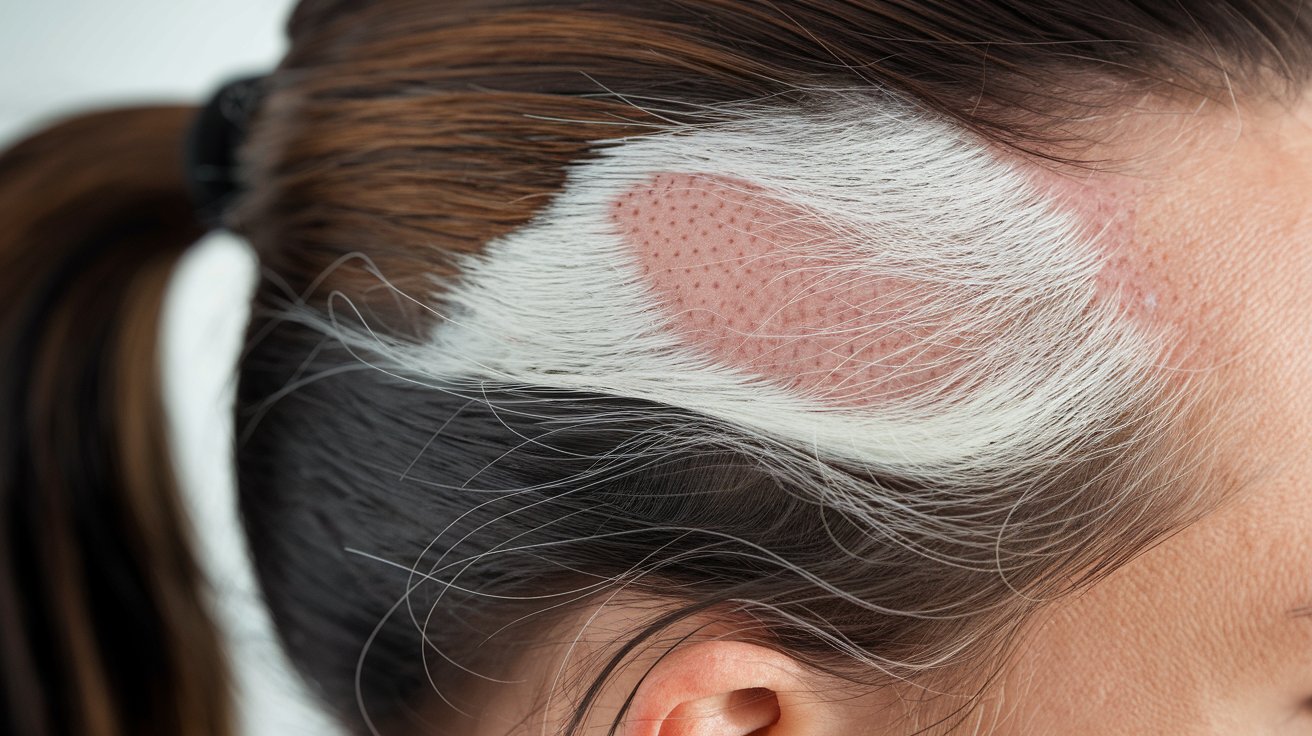
Osteopathia Striata Pigmentary Dermopathy White Forelock is a rare genetic disorder that affects multiple systems in the body. This condition is characterized by distinctive skin pigmentation, skeletal abnormalities, and a white forelock of hair. Caused by mutations in the AMER1 gene, it primarily impacts females due to its X-linked dominant inheritance pattern. Symptoms can vary widely, but common features include linear striations on bones visible in X-rays, skin pigmentation changes, and intellectual disabilities. Early diagnosis and management are crucial for improving quality of life. Understanding this complex disorder helps in providing better care and support for affected individuals and their families.
Key Takeaways:
- Osteopathia Striata Pigmentary Dermopathy White Forelock is a rare genetic disorder affecting bones, skin, and hair. It requires multidisciplinary treatment and ongoing support for affected individuals and their families.
- Early diagnosis, regular monitoring, and access to specialized care are crucial for managing Osteopathia Striata Pigmentary Dermopathy White Forelock. Research and advocacy efforts offer hope for future treatments and support.
What is Osteopathia Striata Pigmentary Dermopathy White Forelock?
Osteopathia Striata Pigmentary Dermopathy White Forelock is a rare genetic disorder. It affects the bones, skin, and hair. This condition is characterized by specific patterns and symptoms.
-
Genetic Origin: This disorder is caused by mutations in the AMER1 gene. The gene plays a role in bone development and skin pigmentation.
-
X-Linked Dominant: It is inherited in an X-linked dominant manner. This means the gene mutation is on the X chromosome.
-
Bone Abnormalities: Individuals with this condition often have linear striations on their bones. These striations are visible on X-rays.
-
Skin Pigmentation: The disorder causes unusual skin pigmentation. This can include streaks or patches of different colors.
-
White Forelock: A distinctive white patch of hair, known as a white forelock, is often present. This patch is usually located at the front of the scalp.
Symptoms and Diagnosis
Recognizing the symptoms and getting a proper diagnosis is crucial. Here are some key facts about the symptoms and diagnostic process.
-
Early Onset: Symptoms typically appear in infancy or early childhood. Early diagnosis can help manage the condition better.
-
Facial Features: Some individuals may have distinctive facial features. These can include a broad forehead and a flat nasal bridge.
-
Growth Delays: Growth delays are common in affected individuals. This can include both height and weight.
-
Hearing Loss: Some people with this disorder may experience hearing loss. Regular hearing tests are recommended.
-
X-Ray Imaging: X-rays are used to identify the characteristic bone striations. This is a key diagnostic tool.
Treatment and Management
Managing Osteopathia Striata Pigmentary Dermopathy White Forelock involves various approaches. Here are some important aspects of treatment and management.
-
Multidisciplinary Approach: Treatment often requires a team of specialists. This can include dermatologists, geneticists, and orthopedists.
-
Regular Monitoring: Regular check-ups are essential. Monitoring helps manage symptoms and prevent complications.
-
Physical Therapy: Physical therapy can help with mobility issues. It can improve quality of life.
-
Hearing Aids: Hearing aids may be necessary for those with hearing loss. Early intervention is beneficial.
-
Skin Care: Specialized skin care routines can help manage pigmentation issues. Dermatologists can provide guidance.
Living with the Condition
Living with Osteopathia Striata Pigmentary Dermopathy White Forelock can be challenging. Here are some facts about daily life and coping strategies.
-
Support Groups: Joining support groups can be helpful. They provide emotional support and practical advice.
-
Educational Support: Children with this condition may need educational support. Individualized education plans (IEPs) can be beneficial.
-
Mental Health: Mental health support is important. Counseling can help individuals and families cope.
-
Adaptive Devices: Adaptive devices can assist with daily activities. These can include mobility aids and hearing devices.
-
Awareness: Raising awareness about the condition is crucial. It helps in getting the right support and reducing stigma.
Research and Future Directions
Research is ongoing to better understand and treat this condition. Here are some facts about current research and future directions.
-
Genetic Research: Scientists are studying the AMER1 gene. Understanding its role can lead to better treatments.
-
Clinical Trials: Clinical trials are exploring new treatments. Participation in trials can provide access to cutting-edge therapies.
-
Gene Therapy: Gene therapy is a potential future treatment. It aims to correct the genetic mutation causing the disorder.
-
Patient Registries: Patient registries help collect data. This data is vital for research and improving care.
-
Advocacy: Advocacy groups are working to support affected individuals. They also fund research and raise awareness.
Final Thoughts on Osteopathia Striata Pigmentary Dermopathy White Forelock
Osteopathia Striata Pigmentary Dermopathy White Forelock, though rare, offers a fascinating glimpse into the complexities of genetic disorders. This condition, marked by unique skeletal and skin abnormalities, underscores the importance of genetic research and awareness. Understanding its symptoms, causes, and treatments can help those affected lead better lives. While there's no cure, early diagnosis and supportive care can make a significant difference. Genetic counseling also plays a crucial role for families dealing with this condition. By spreading knowledge about Osteopathia Striata Pigmentary Dermopathy White Forelock, we can foster a more informed and compassionate community. Stay curious, stay informed, and remember that every bit of knowledge helps in the journey toward better health and understanding.
Frequently Asked Questions
Was this page helpful?
Our commitment to delivering trustworthy and engaging content is at the heart of what we do. Each fact on our site is contributed by real users like you, bringing a wealth of diverse insights and information. To ensure the highest standards of accuracy and reliability, our dedicated editors meticulously review each submission. This process guarantees that the facts we share are not only fascinating but also credible. Trust in our commitment to quality and authenticity as you explore and learn with us.
